Bartlett Pear Tree
- June 13, 2023
- 0 comment

Common Name: Bartlett Pear Tree
Botanical Name: Pyrus communis ‘Bartlett’
Family: Rosaceae
Plant Type: Fruit tree
When it comes to fruit trees, the Bartlett pear tree (Pyrus communis ‘Bartlett’) is a popular choice among gardeners. Known for its delicious fruit and beautiful appearance, this tree has many appealing qualities that make it a great addition to any landscape. In this article, we will explore the various aspects of the Bartlett pear tree, from its common and botanical names to its care and propagation. Let’s delve into the world of this remarkable tree.
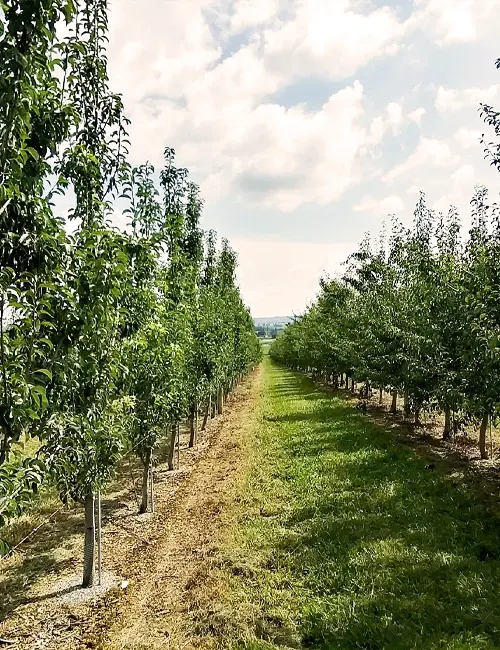
Mature Size and Growth Rate:
The Bartlett pear tree is a medium to large-sized tree that can reach a height of 20 to 30 feet (6 to 9 meters) and a spread of 12 to 15 feet (3.5 to 4.5 meters). It has a moderate growth rate, typically growing 13 to 24 inches (33 to 61 centimeters) per year.
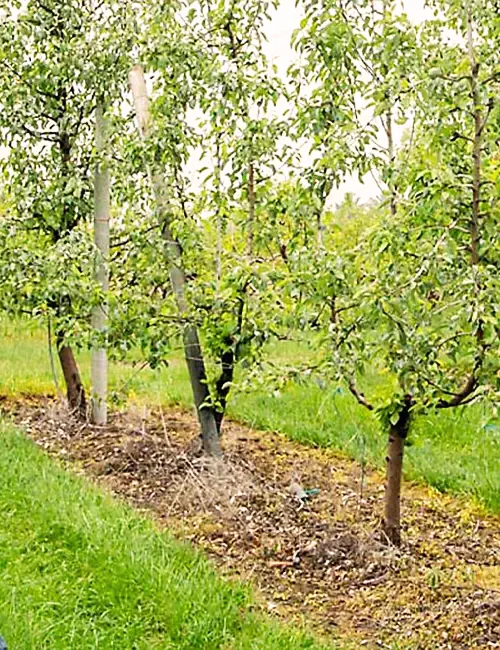
Soil Type:
Bartlett pear trees prefer well-drained soil that is rich in organic matter. They can tolerate various soil types, including loamy, sandy, and clay soils.
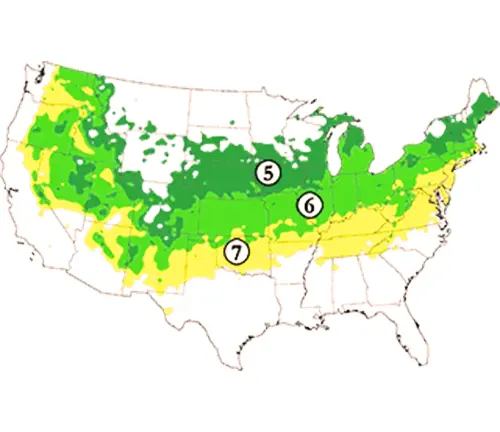
Hardiness Zones
This pear tree is adaptable to a wide range of climates and is hardy in USDA Hardiness Zones 5 to 7. It thrives in regions with cool winters and warm summers.
Sun Preference
Bartlett pear trees require full sun exposure to produce abundant fruit. They need a minimum of six hours of direct sunlight daily.
Attributes
The Bartlett pear tree is highly valued for its fruit, which is juicy, sweet, and aromatic. It has a smooth texture and a distinct pear flavor that is perfect for eating fresh, canning, baking, and making preserves. The tree itself has an attractive rounded shape, with glossy green leaves that turn vibrant shades of red and yellow in the fall.
Wildlife Value:
Bartlett pear trees provide a valuable food source for various wildlife, including birds, bees, and butterflies. The fragrant blossoms attract pollinators, aiding in the reproduction of other plants in your garden.
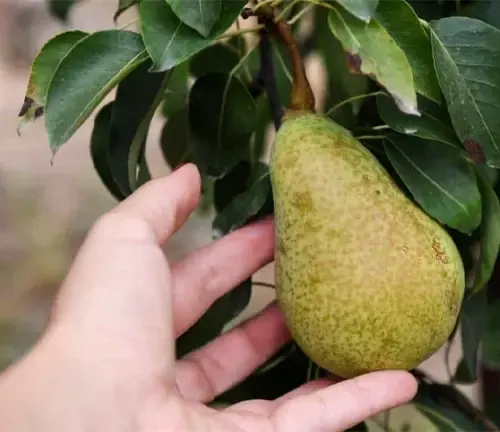
Care:
To ensure the health and productivity of your Bartlett pear tree, regular care is essential. Water the tree deeply during dry periods, especially in the first few years after planting. Mulching around the base helps retain moisture and suppress weed growth. Pruning is necessary to maintain tree shape, remove dead or diseased wood, and promote proper air circulation.
Benefits
The benefits of growing a Bartlett pear tree are plentiful. Apart from the joy of harvesting your own delicious pears, you’ll also enhance your garden’s aesthetic appeal with its beautiful blossoms and fall foliage. Growing fruit trees can be a rewarding experience, allowing you to enjoy the fruits of your labor—literally.
Invasive
The Bartlett pear tree is not considered invasive in most regions. However, it can self-seed and produce volunteer seedlings if not properly maintained. Regular pruning and removal of seedlings can prevent any potential invasive behavior.
Lifespan
With proper care, Bartlett pear trees can live for several decades. The average lifespan ranges from 25 to 30 years, but some trees have been known to live much longer under favorable conditions.
Disadvantage
One disadvantage of growing Bartlett pear trees is their susceptibility to certain pests and diseases. However, with proper care, regular monitoring, and appropriate treatment, these issues can be managed effectively.

Edible or Not
The fruits of the Bartlett pear tree are edible and highly sought after for their sweet and juicy flesh. They are versatile ingredients in various culinary preparations and can be enjoyed fresh or cooked.
Habitat Requirements
Bartlett pear trees thrive in areas with cool winters and warm summers. They require a sufficient chilling period during winter to ensure a proper fruit set. Well-drained soil and full sun exposure are crucial for their growth and fruit production.
Name Origin
The Bartlett pear tree was named after a nurseryman named Enoch Bartlett, who first introduced this variety to the United States in the early 19th century. The original tree was imported from Europe and propagated by Bartlett, leading to its widespread popularity.
Fun Facts:
- Bartlett pears are sometimes referred to as Williams pears in Europe.
- The Bartlett pear is one of the most popular pear varieties worldwide.
- It is the leading pear variety grown in North America.
- Bartlett pears are often harvested when they are still green and firm, as they ripen best off the tree.
Characteristics
Bartlett pear trees have a pyramidal shape when young, gradually developing a more rounded and spreading form as they mature. The leaves are oval-shaped, glossy, and finely toothed. In spring, the tree produces clusters of white flowers that emit a delightful fragrance, attracting bees and other pollinators.
Varieties
While the Bartlett pear is the most widely recognized variety, several cultivars offer variations in taste, texture, and harvest time. Some popular Bartlett pear cultivars include the Red Bartlett (red-skinned variant), the Golden Bartlett (yellow-skinned variant), and the Moonglow (a later-maturing Bartlett).
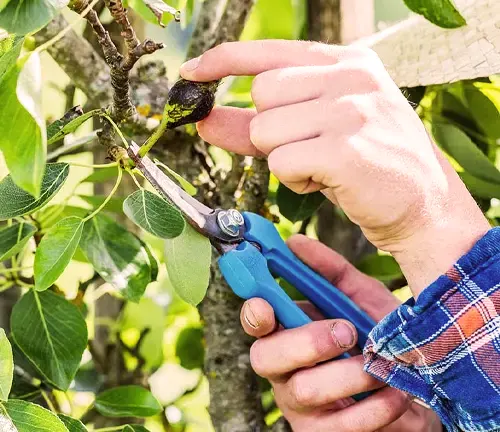
Pruning
Regular pruning is important for maintaining the health, shape, and productivity of Bartlett pear trees. Prune during the dormant season to remove dead, damaged, or crossing branches. Thin out crowded areas to allow better air circulation and sunlight penetration, promoting fruit development.
Propagating
Bartlett pear trees are commonly propagated through grafting, where a scion (desired variety) is joined with a rootstock. This method ensures that the new tree inherits the desirable characteristics of the Bartlett pear. Grafting can be done in early spring when the bark slips easily or in late summer.
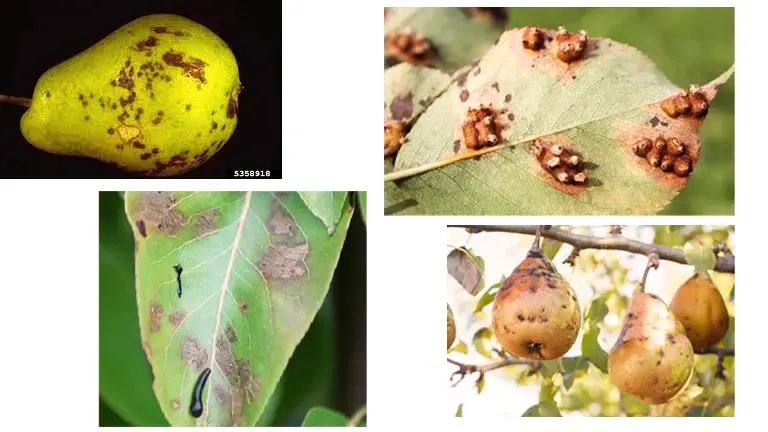
Common Pests & Diseases
Bartlett pear trees are susceptible to various pests and diseases, including pear psylla, codling moth, fire blight, and pear scab. Regular monitoring, appropriate cultural practices, and, if necessary, the application of organic or chemical treatments can help manage these issues effectively.
Frequently Asked Questions:
- Q: How long does it take for a Bartlett pear tree to bear fruit?
A: Bartlett pear trees typically begin bearing fruit within 3 to 5 years after planting, depending on the age and size of the tree when purchased. - Q: Can I grow a Bartlett pear tree in a container?
A: While it is possible to grow a Bartlett pear tree in a large container, it is generally recommended to plant them in the ground, as they can become quite large and require ample space for their root system. - Q: Do Bartlett pear trees require cross-pollination?
A: Yes, Bartlett pear trees are not self-fertile and require cross-pollination with another pear tree of a different variety to set fruit successfully. - Q: When is the best time to harvest Bartlett pears?
A: Bartlett pears are harvested when they are still firm and green. They ripen best when picked slightly underripe and allowed to ripen off the tree at room temperature.
The Bartlett pear tree is a wonderful addition to any garden or orchard, offering delicious fruit, aesthetic beauty, and a touch of history. By providing the right care and attention, you can enjoy the bountiful harvests and ornamental qualities this remarkable tree has to offer.

John Carlos
Forestry AuthorThe beauty of logging isn't just about felling trees. It's about understanding nature, mastering the art of chainsaws, and respecting the environment. I believe in sharing my experiences and knowledge, ensuring that we move towards a sustainable future together.

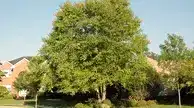
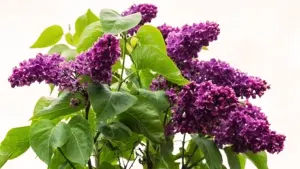
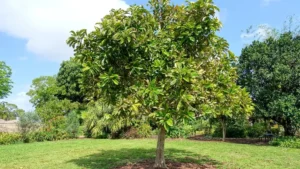

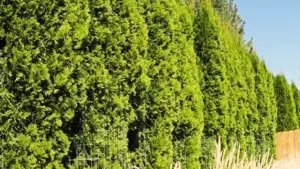


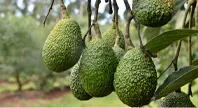
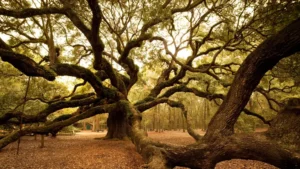

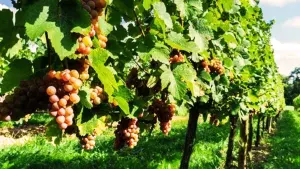

Leave your comment